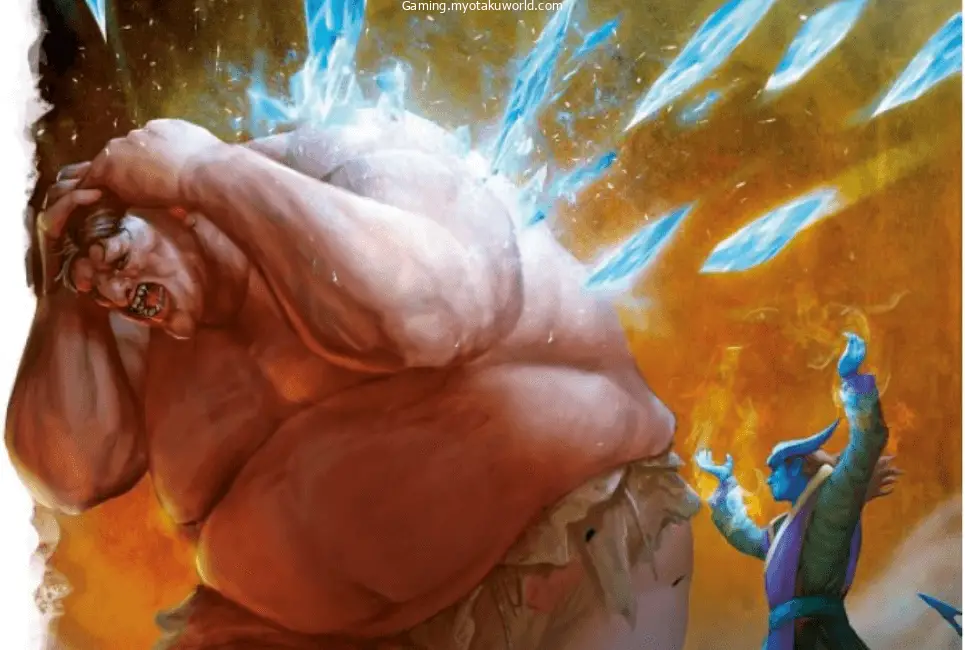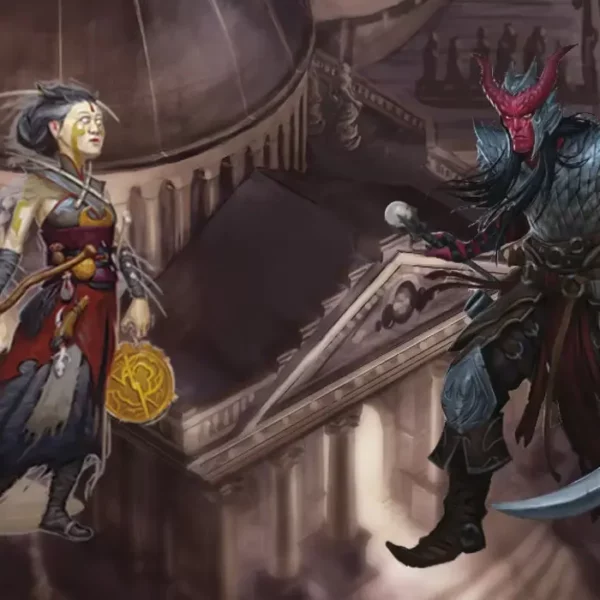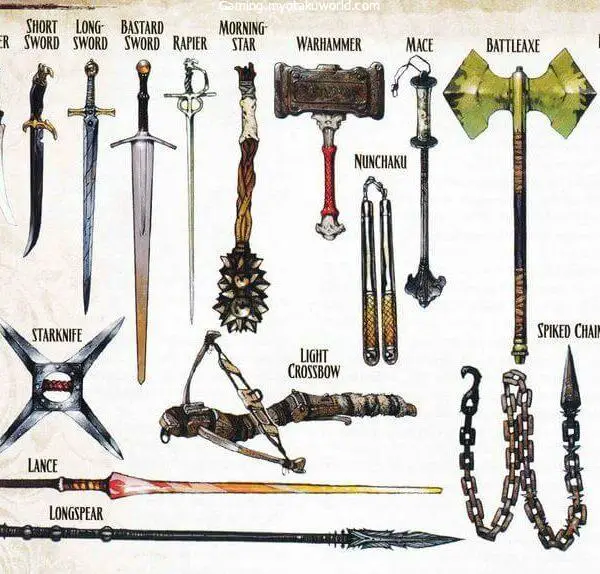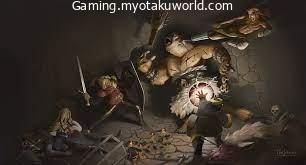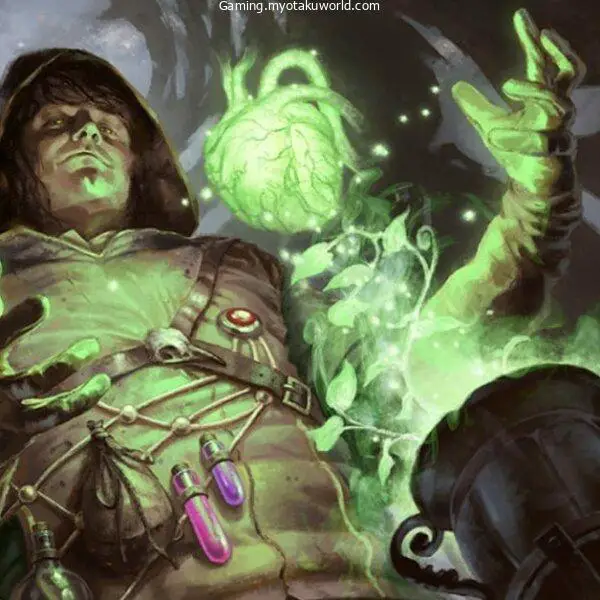From the original D&D to the current 5th edition, Dungeons and Dragons has been updated and changed a lot.
At the same time, though, it has stayed pretty much the same.
Tabletop role-playing games (RPGs) used to be played with pen and paper, but now they can be played online with websites like Roll20 or apps like Tabletop Simulator.
I had played 3.5 edition and 5th edition for more than a decade at this point, both as a DM and as a player.
I have also finished many campaigns for other systems, such as FATE, Blades in the Dark, and Pathfinder 2nd edition.
So, I’ve done a lot, from Druids to Fighters to Bards, and I really want to share it.
Keeping this in mind, let’s start our Ice Storm 5e Guide and talk more about the 5th edition of Ice Storm.
Ice Storm Effect
- Casting Time: 1 Action
- Range: 300 Ft
- Target: A 20-foot radius, 40-foot high cylinder centered on a point within range
- Components: V, S, M, (A Pinch of dust and a few drops of water)
- Duration: Instantaneous
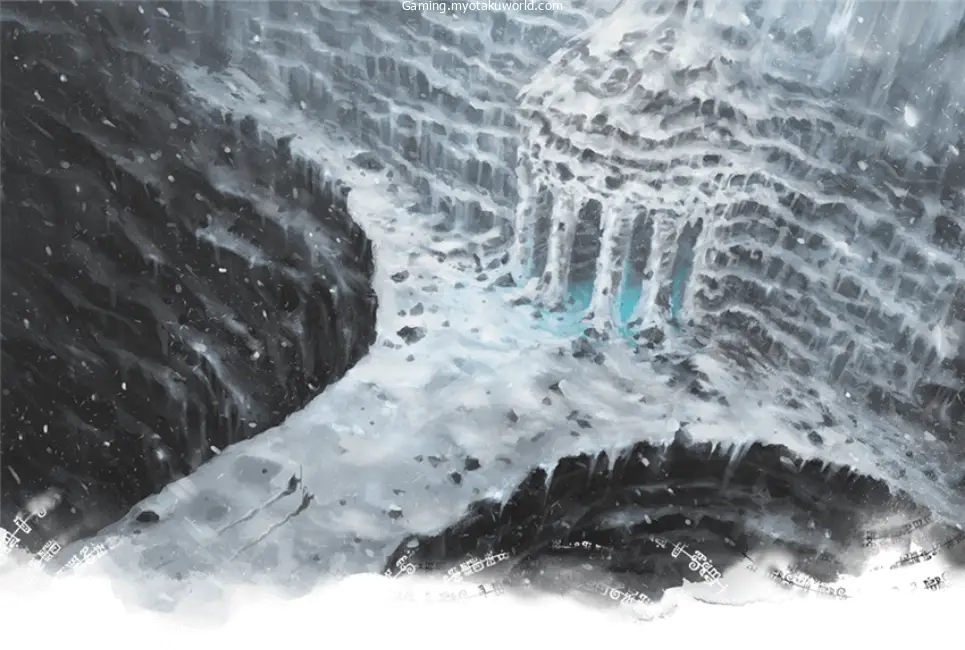
With this D&D spell, a storm of hail hits the ground. Every creature in the cylinder must make a Dexterity saving throw.
A creature takes 2d8 damage from a blow to the head and 4d6 damage from cold if it fails its save. If it makes its save, it takes half as much damage.
The area of the storm where the hailstones land becomes hard terrain until the end of your next turn. For every slot above 4th, the damage from a bludgeoning attack goes up by 1d8.
So, in plain English, this is a spell with a large area of effect and a long range. On a side note, this spell has an average area of effect, but it goes to very high heights.
This means you can hit things in the air quite well with it. When you add that to the fact that it can create difficult terrain, which slows down creatures’ movement by half, and the fact that it does two different kinds of damage, you can think of this spell as one of the best 4th level spells.
Outside of battle, this spell can be used in more ways than you might think. It is a spell that has long-lasting effects.
The ice it makes can put out a fire and turn water into something that can be drunk. It can reach a lot farther than other spells and is less likely to hurt other people.
So, how did this spell start?
Origins
In “The Winds of Netheril,” Jim Butler first talks about this spell as part of the larger world of the Forgotten Realms. It was called Veridon’s storm back then, and it was made to cool a city’s cold storage rooms so that fish could be frozen.
In those books, Veridon was known as a famous mage who used ice and fog spells. Later, this would be added to D&D 2nd edition under the name “Ice Storm.”
In the second edition, Ice Storm worked differently. The old system had limits, so this spell could do one of two things.
Either it makes big hailstones fall for one round in a 40-foot radius, doing 3d10 damage, or it makes sleet fall in an 80-foot radius, blinding creatures and making the ground “icy,” which slows movement by 50% and makes it 50% likely that a creature trying to move in the area slips and falls.
People thought it was a spell from the Evocation, Water, Sea, Creative, and Variation schools. A long way from the Evocation magic school as it is now.
Most of its effects had a 50% chance of happening, so it was a toss of the coin whether or not the creature inside it would be blinded or slowed. It also cancels out the effect of heat metal, which was taken out of later versions.
In the 3.5 edition, Druids, Sorcerers, or Wizards could cast this spell.
Note: Clerics with the Water domain can also learn to cast this spell if they want to.
In terms of how it worked, the spell was a little stronger. This version of the spell lasted one full round, didn’t need concentration (because concentration didn’t directly apply to spells yet), temporarily lowered the Listen skill, made the terrain hard to move through, and went away at the end of the round.
This made the spell much stronger and made it easier to clean up.
This turned into what we now call the Ice Storm. Mostly the same, but now updated for today. Even though there have been many changes between editions, the spell has mostly stayed the same.
So, now that we know this, how can we use the spell, and who can?
What D&D Classes can use it?
The spell is easy for Druids, Wizards, and Sorcerers to learn. Paladins and Tempest Clerics can also learn this spell. It is called “Oath of the Ancients.”
I think this spell fits the 5th edition theme of each of these classes and subclasses. They give each class its own look and personality without making the game too hard to play.
Druids

Use magic based on nature, and they also have a lot more control spells than the other classes because of this.
Even though many of the instant spells are focused, some of them still have effects that last after they are cast.
This spell gives them more tools to use in a pinch or while running away, and it can be a big problem to get rid of.
They can learn this spell starting at level 7 and are not limited by a subclass.
Wizards
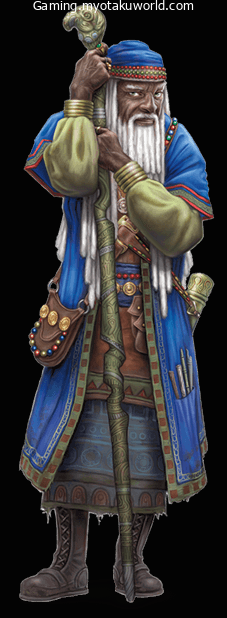
They are experts at what they do and come up with their own spells.
It makes sense that the class with the most spells to learn would also know how to use this one.
This is a way to act out the feeling that wizards have of “I must know more.”
They can learn this spell at level 7, just like Druids, and are not limited by a subclass.
Sorcerer

You are born with the ability to use magic, and this spell is literally in your blood or, depending on your subclass, in your lineage.
Sorcerers have the reputation of being born with the ability to cast spells, and, without going too deep into the previous editions, they seem to learn spells “at random.”
Even though it’s random, they can choose what they know, but they can’t change what they learn. If they have ice in their blood, this might be on their list.
You can easily learn this spell at Level 7 as long as you choose it.
Oath of Ancients Paladins
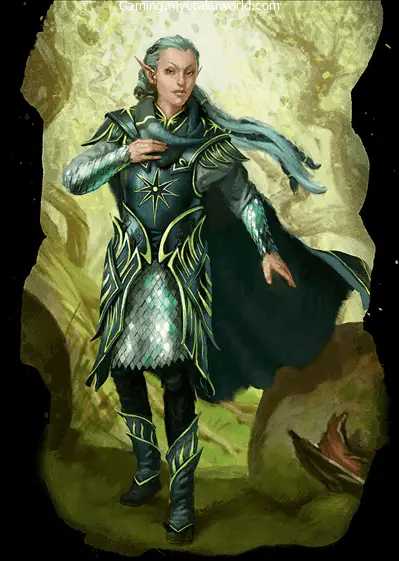
Most of the time, Paladins can’t learn this spell because, as faith-based spellcasters, most of their spells involve healing or smiting and waves.
The Oath of Ancients paladin is different because he swears to protect life, the natural order, and the Ancients. In the same way, they learn more spells that have to do with nature. This is one of them.
A Paladin is a half caster, which is different from the full casters on this list. This spell is considered an Oath spell, which means that the Paladin can use it at level 13 and can’t switch it out for another spell.
Tempest Cleric
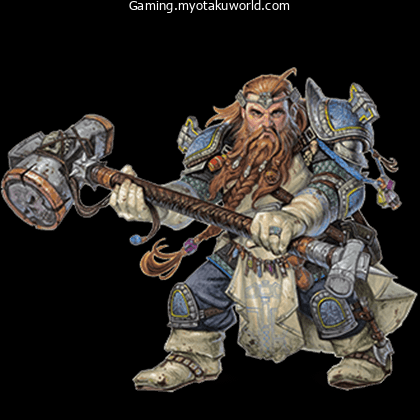
Clerics are forces of the Gods, and depending on which God they pray to, they can use different kinds of spells with that theme.
In Tempest Domain, the power of the storms comes from following gods like Zeus, Auril, or Talos, if that makes sense. It’s a kind of “Divine storm” that is both an act of god and nature.
Clerics are full spellcasters, so they also learn this spell at level 7. However, since this is their domain or subclass, they have to learn it. This means that even if they want to, they can’t forget the spell.
Is it Good?
This spell is about average for a 4th-level spell. That means there are spells that work better and spells that work much worse.
Let me explain why it is in the middle of the group.
Good Points
- Tall hurt box
- Extremely long cast range
- Good utility out of combat
- Varied damage type
So, yes, it can be used in a lot of different ways, depending on the setting and what the Dungeon Master lets you do.
In general, though, you should use it either to get away or to fight. Some spells do more damage and have better control, but when the spell’s range and level are taken into account, it does a lot.
Bad Points
- Relatively low damage for its level
- Many monsters are resistant to Cold
- Most fights do not go vertical, so Cylinders are less effective.
- Niche application in most combats.
Sad to say, but compared to other spells of this level, like Polymorph or Wall of Fire, its control is much weaker.
For example, you can’t turn someone into a harmless animal with those spells, and you can’t lock a whole area in flames with Wall of Fire. (respectively)
Still, it doesn’t do as much damage as spells like “Blight” or “Summon” that you can use at this level.
Comparisons (4th level)
Let’s use a specialised spell as a comparison and look at it in more depth.
Polymorph is a 4th-level spell that takes the same amount of time to cast as one action. If the enemy fails the saving throw, it turns them into a beast-type creature.
In this form, they are much weaker, but when this form is dispelled or they die, they go back to how they were before and take the extra damage.
So it doesn’t do any damage at all, but it does quite a bit more in terms of control.
It lowers the creature’s AC by the form of the beast. Changes the creature’s size and basically stuns it because it can’t use its old abilities and can’t make any more saving throws after the first one fails.
This makes it easy to control and move the creature around for the whole hour. You can basically make boss fights pointless by throwing a mouse or other small animal off a cliff and watching the boss get crushed by gravity.
A” Good Spell” Fireball

Fireball is a good example of a good spell. It is one of the best, if not the best, spell in the game. As a third-level spell, it does 8d6 fire damage in a 20-foot radius and the damage increases with the spell level.
Radii are one of the best places to get because enemies tend to cluster in small areas and it does a lot of damage for its level. It is one of the best damage spells because of this.
So you can see why people say this spell is “good.”
“Bad Spell” Find Traps
Find Traps, on the other hand, is a bad spell, and here’s why: With this spell, you can tell if a trap is within 120 feet of you and in your line of sight.
Traps are anything that was put there on purpose to cause a sudden or unexpected effect that the caster thinks is bad or unwanted.
On top of that, it can tell you that there is a trap, but not where it is. It can, however, tell you what kind of danger the trap poses.
It doesn’t really help because it doesn’t tell you where the trap is or set it off for you. It lets you know that it’s there, so compared to other 2nd-level spells that hurt or help, this one doesn’t even make the rogue’s job easier; it just adds more steps and uses more resources.
Because of this, it is called “bad.”
FAQs
Can Ice Storm be cast in the Air?
Based on the rules, it can. As long as the spellcaster can point to a spot, that’s where the spell will be centred. Some DMs might say that the point has to be on the ground or a solid object, though.
Can Ice Storm be cast Indoors?
Can it? Yes, The storm is made inside, but it stops when there is no more vertical space and goes away soon after. The hail, on the other hand, stays, so the interior design is a mess by the end.
Is the save on Ice Storm for both damage types?
Sadly, yes. If you save on Ice Storm, both types of damage do half as much damage.
